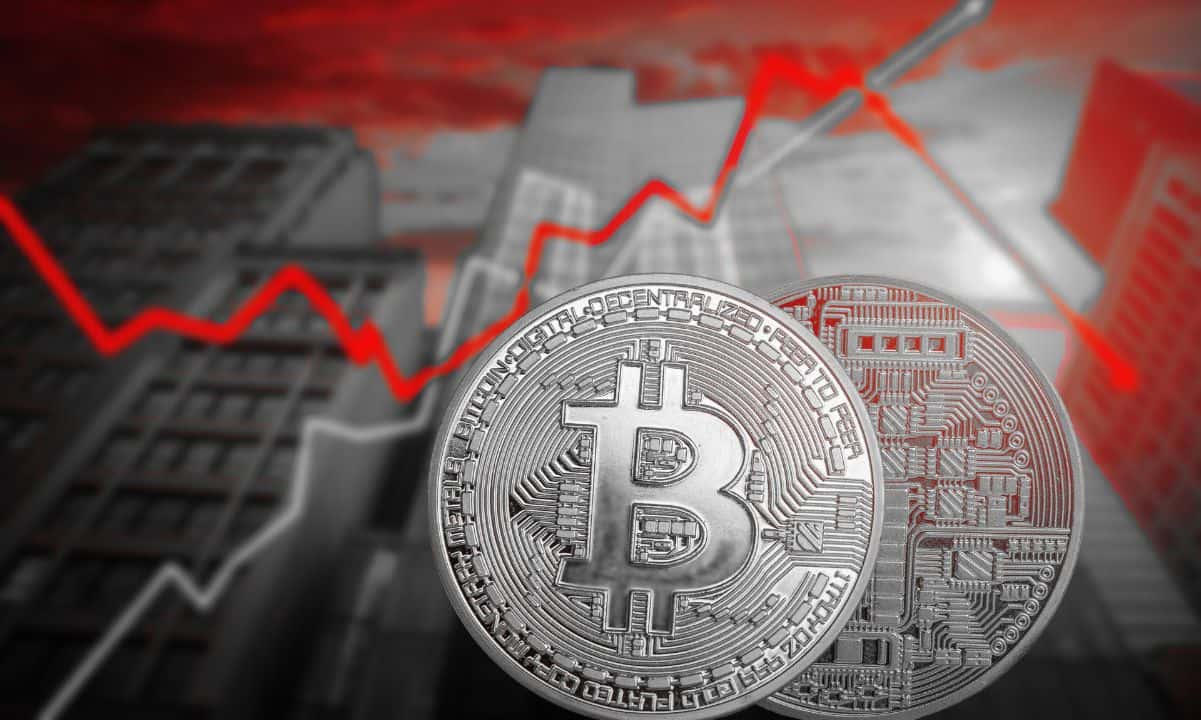Is Bitcoin’s 4-Year Cycle Pure Coincidence? Analysis

Bitcoin’s price is well known for its four-year price cycles, which coincide with its “halving” schedule that reduces its inflation rate every four years.
But is one phenomenon truly related to the other? Some analysts believe that the asset’s cyclical movements are related to macro conditions. and that the halving schedule’s congruency is pure coincidence.
The Importance of Liquidity
According to crypto trading analyst TXMC, the location of the Bitcoin halving is a “wildly convenient coincidence” that happens to align with other macroeconomic factors that affect Bitcoin’s price. These include “interest rate oscillations, annualized equity returns, and manufacturing PMIs.”
This is the correct halving take IMO. Just look at interest rate oscillations, annualized equity returns, and Manufacturing PMIs next to Bitcoin cycles and it becomes plain as day.
The location of the halving is a wildly convenient coincidence.
Charts:https://t.co/xHpLXvH6Yu https://t.co/XLk5ynrRMU
— (@TXMCtrades) September 5, 2023
“It is an asset like any other, sympathetic to liquidity and credit conditions, the cost of money, and to the flow of the economy,” the analyst wrote on Tuesday.
TXMC’s tweet was in response to Twitter Bitcoiner “Pledditor” who claimed that Bitcoin’s 4-year cycles “are just coincidences that have nothing to do with the halving.” He cited the global M2 money supply which has also been moving in 4-year cycles, affecting Bitcoin and other risk assets alike.
Such findings mirror those of Coinbase, which presented a report in June arguing that Bitcoin’s major bull markets have all aligned with dovish monetary policy. Both the 2013 and 2020 bull markets, for instance, were coupled with major rounds of quantitative easing by central banks.
In June, TXMC published a video presentation overlaying other related indicators against Bitcoin’s price. For example, metrics like high-yield corporate credit – a measure of broader risk appetite in the market – track Bitcoin’s cycle tops and bottoms fairly well.
The Counterargument
Proponents of Bitcoin’s halving theory posit that a reduction in Bitcoin produced per block every four years creates a supply crunch that boosts the asset’s price with every cycle.
Some community members – such as Bit Paine – believe the connection is fairly obvious and shouldn’t be overthought.
“The market price of a commodity is set by the activity of the marginal buyer/seller,” he wrote to Twitter on Tuesday. “The halving doubles the marginal production cost of bitcoin every four years.
The next halving is expected in April 2024, and will reduce Bitcoin’s emissions from 6.25 BTC to 3.125 BTC per block. Institutional analysts and Bitcoin miners alike are already gauging their predictions and business decisions around the event.
According to crypto market analyst CryptoJack, the halving should still be a time of excitement for bulls.
I think it’s a fun contrarian theory, but doesn’t really seem to check out when zoomed in.
There are some loose correlations but nothing very hearty, imo. pic.twitter.com/fnaL8GbOf7
— CryptoJack | Market Analyst (@CryptoJackLive) September 5, 2023
Binance Free $100 (Exclusive): Use this link to register and receive $100 free and 10% off fees on Binance Futures first month (terms).
PrimeXBT Special Offer: Use this link to register & enter CRYPTOPOTATO50 code to receive up to $7,000 on your deposits.



